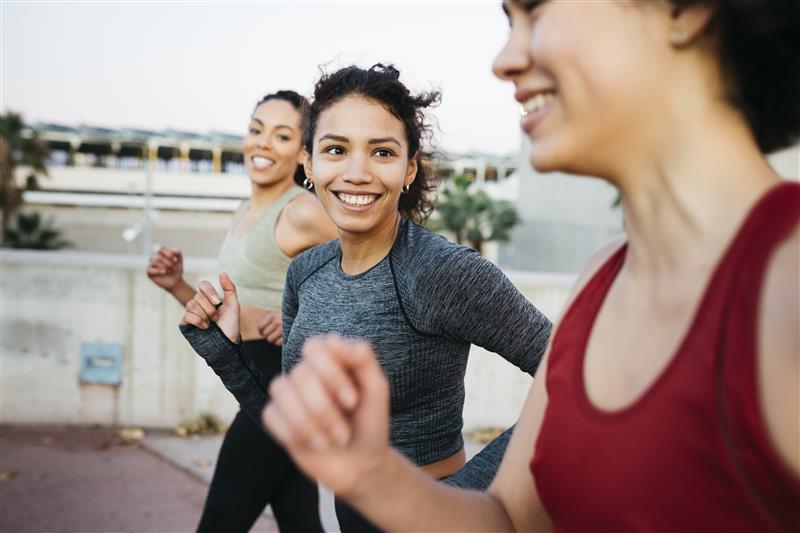Take a Nap: The Benefits of Napping and How to Make It Work for You

Getting healthy sleep is one of Life’s Essential 8™— key measures for improving and maintaining cardiovascular health, according to the American Heart Association. Better cardiovascular health helps lower the risk for heart disease, stroke and other major health problems.
Sleep is essential, so let’s talk naps.
A good nap can get you out of an afternoon slump, recharge your energy and leave you more alert and in a better mood.
Would you benefit from naps? To find out, take this quick quiz.
- Do you get less than the recommended seven to nine hours of sleep each night?
- After lunch, do you start to feel cranky and irritable?
- Are you bright and alert in the morning, but find it hard to concentrate by the afternoon?
- Do you need another cup of coffee or a sugary energy drink just to make it to dinner?
If you answered “yes” to any of these questions, then, yes, napping may help you. Research has shown that, even among adults, naps provide many benefits to help you make it through the day.
What are the potential benefits of napping?
Increased alertness: It’ll be easier to pay attention during a staff meeting or while driving a forklift, for example, if you can avoid nodding off or spacing out.
Attitude adjustment: After a nap, you’ll be less impulsive and better able to deal with frustration. Napping kills the crankiness.
Improved memory: When your computer crashes, you lose data. But when you crash on the couch for a while, it helps your memory. A nap can make it easier to recall facts learned earlier that day.
A creative mindset: You need sleep to learn new skills and to be creative. (That’s when your brain can process the info you’ve stuffed into it.) The good news is that a long nap can be similar to a night’s sleep to get you inspired.
Cash saver: Naps are much better for your brain than energy drinks and too much coffee. Think how much money you’d save by replacing these drinks with free naps. If you do have a cup of coffee, drink it before you nod off. It takes time for caffeine to activate, and it is likely to kick in right as you wake up from a short snooze.
Plan your nap.
Want to super-charge your afternoon? Plan your snooze in advance for a successful nap.
- First, pick a specific day and a time of day. What day could you use a recharge? Mid-afternoon is best (before 3 p.m.). Don’t nap too late in the day, or you’ll be wide awake at night and spoil your bedtime routine.
- Next, find a cool, quiet place to doze, like in your car, at your desk or a comfy spot at home.
- Then, set a duration. You don’t want to wake up in the middle of deep sleep or you’ll be even groggier than when you started. For a short nap, keep it to 20 minutes, no longer than 30.
- Finally, put it on your calendar.
Take a nap or two and get in those bonus z’s, so you can be Healthy For Good.






